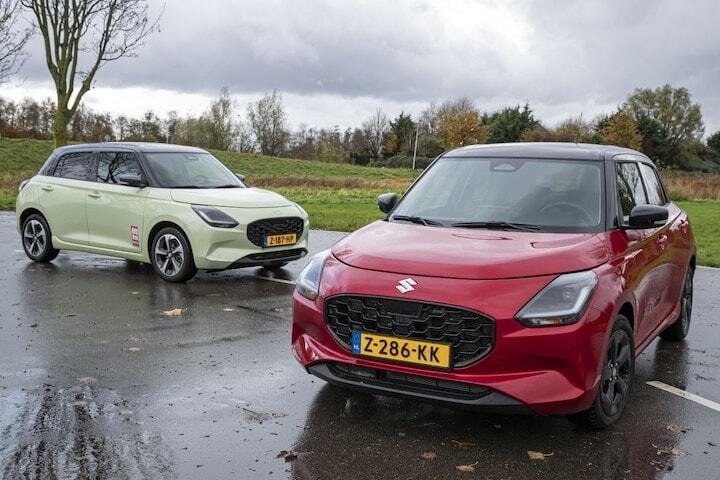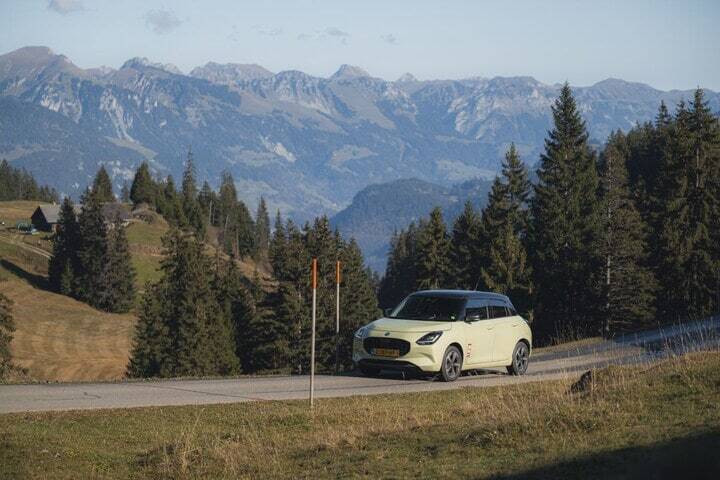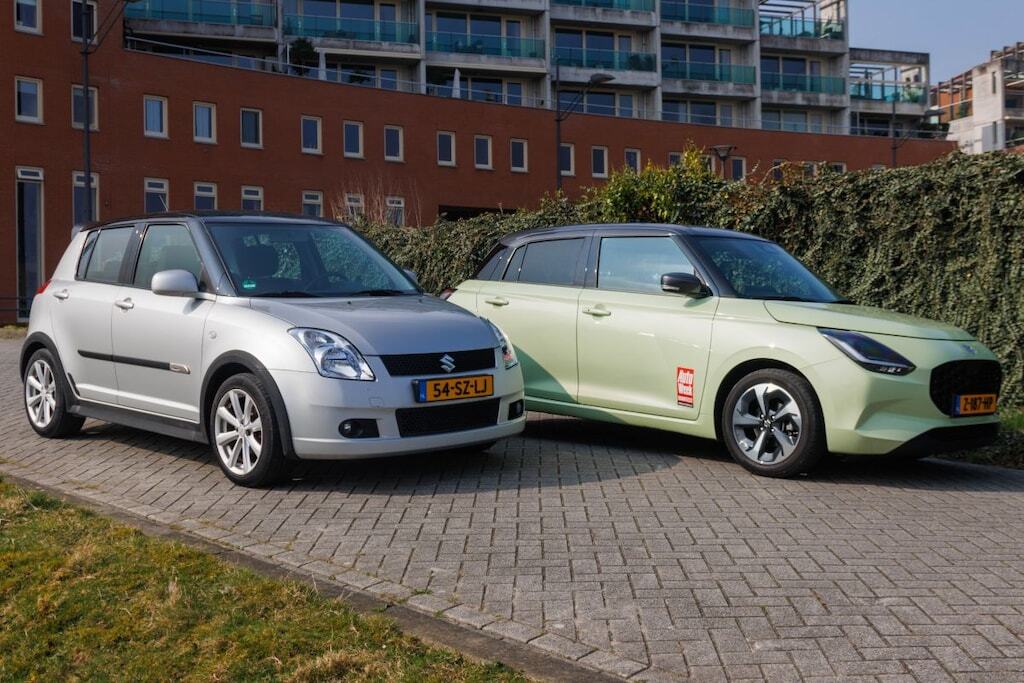Most Economical Long-Term Tester in Years
The Suzuki Swift stayed with us a bit longer because we just couldn’t get enough of it. An affordable, lightweight compact hatchback with a manual transmission – who would have thought that would become so special? But we were most impressed by the low fuel consumption. It’s been a long time since we drove a long-term tester so economically.
The Suzuki Swift weighs less than 1,000 kilograms, making it a wonderfully nimble car that cheerfully darts through the B-segment. In that part of the market, the tall car is steadily gaining ground. Just look at the success of the Toyota Yaris Cross, which has surpassed the regular Yaris in sales figures. Those small SUVs and crossovers are naturally heavier and less fuel-efficient, but the body style is so popular that regular hatchbacks are suffering as a result.
The Suzuki Swift proved in almost eight months that a lower car with a mild hybrid powertrain can be wonderfully economical. On average, we achieved a fuel consumption of 4.4 liters per 100 kilometers. At birthday parties, you can then say: mine does 1 in 22.7.
The Swift’s lightness is also noticeable in other aspects. For example, just try closing a door. It sounds very tinny. And having a phone conversation while driving via Apple CarPlay becomes a bit more difficult at highway speeds. The Japanese car has thin sheet metal and is therefore very noisy. But a driver who likes to steer will benefit from the low vehicle weight. The chassis has something jerky when you drive normally; you always feel the damping working well.

We also drove the Suzuki Swift with CVT alongside the Swift with manual transmission.
Manual Transmission Nicer Than the CVT Version
You also have to work with the five-speed manual transmission. A manual transmission in combination with adaptive cruise control is quite special. You have to keep your wits about you, because if the car in front of you slows down so much that the revs of the 1.2 petrol engine get too low, the technology won’t shift back itself. Yet we wouldn’t want to trade the manual transmission for the Swift with CVT automatic that we drove alongside our long-term tester. The continuously variable transmission unfortunately doesn’t improve comfort, which is exactly what you expect from an automatic.

The Swift went on an economy trip to Switzerland and competed against the Swift from 2005, which laid the foundation for the recognizable appearance of the compact Japanese car to this day. Furthermore, we were able to experience with a specially dressed Swift Allgrip that there is even more potential in the Swift. The Suzuki floats somewhat between the segment of the smallest models and the compact segment in terms of its experience and appearance. This gives it its own unique market position. Yes, the new Swift is quite special in many ways!

Suzuki Swift in figures
Average consumption 1:22,7 (4,4 l/100 km)
This is what we notice:
– When will there be a solution for turning off the speed warning?